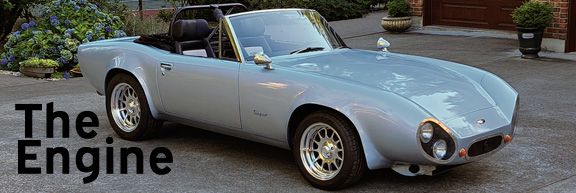 |
||||
 |
||||
 |
||||
|
|
||||
The Ultimate Jensen Healey site is maintained by Prestek Design Services, Bothell, WA |
 |
||||
 |
||||
 |
||||
|
|
||||
The Ultimate Jensen Healey site is maintained by Prestek Design Services, Bothell, WA |